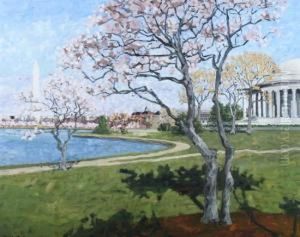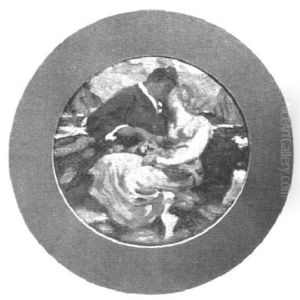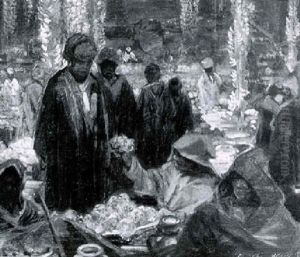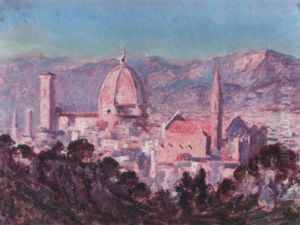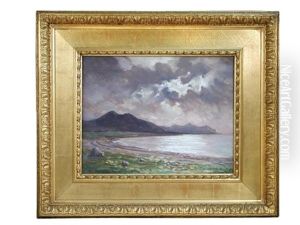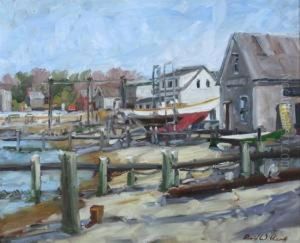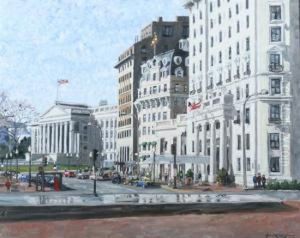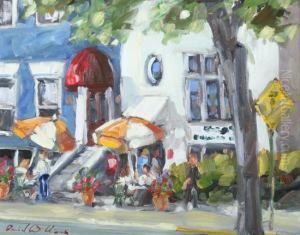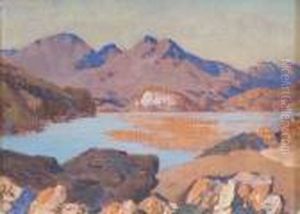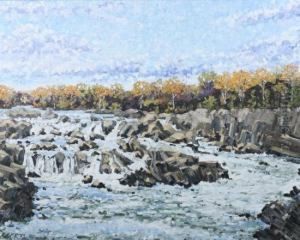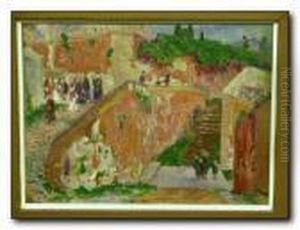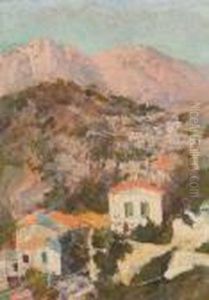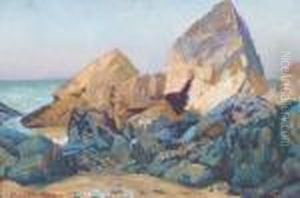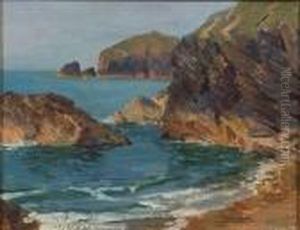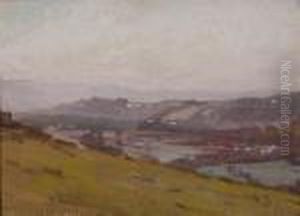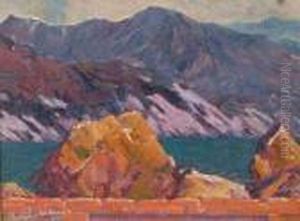Christopher David Williams Paintings
Christopher David Williams was a Welsh painter, born in Maesteg, Wales, in 1873. He showed an early interest in art and was encouraged by his family to pursue his passion. Williams attended Neath Art School and, later on, the Royal College of Art in London, where he developed his skills and embraced his Welsh heritage, which would become a central theme in his work.
Williams became known for his portraits, landscapes, and historical scenes. His work was deeply influenced by the rich cultural history and landscapes of Wales. He was commissioned to paint several notable figures of his time, including Welsh political leaders and members of the British Royal Family. One of his most famous works is the portrait of David Lloyd George, the British Prime Minister during the latter part of World War I, who was also Welsh.
Aside from portraits, Williams painted scenes depicting Welsh history and mythology, contributing significantly to the visual representation of Wales' cultural identity. His works often featured vibrant colors and a dynamic use of light, characteristics that made his paintings resonate with life and energy.
Williams was also a passionate advocate for Welsh art and culture. He played a crucial role in the establishment of the National Museum of Wales, arguing for the importance of creating a space that would celebrate and preserve Welsh heritage. Throughout his career, he was a vocal supporter of the Welsh arts scene, mentoring young artists and promoting the arts within Wales.
Christopher David Williams passed away in 1934, leaving behind a legacy that has had a lasting impact on Welsh art. His paintings are celebrated for their beauty, their emotional depth, and their portrayal of Welsh identity. Today, his works can be found in galleries and collections across Wales and the UK, continuing to inspire admiration and pride among the Welsh people and art enthusiasts worldwide.
